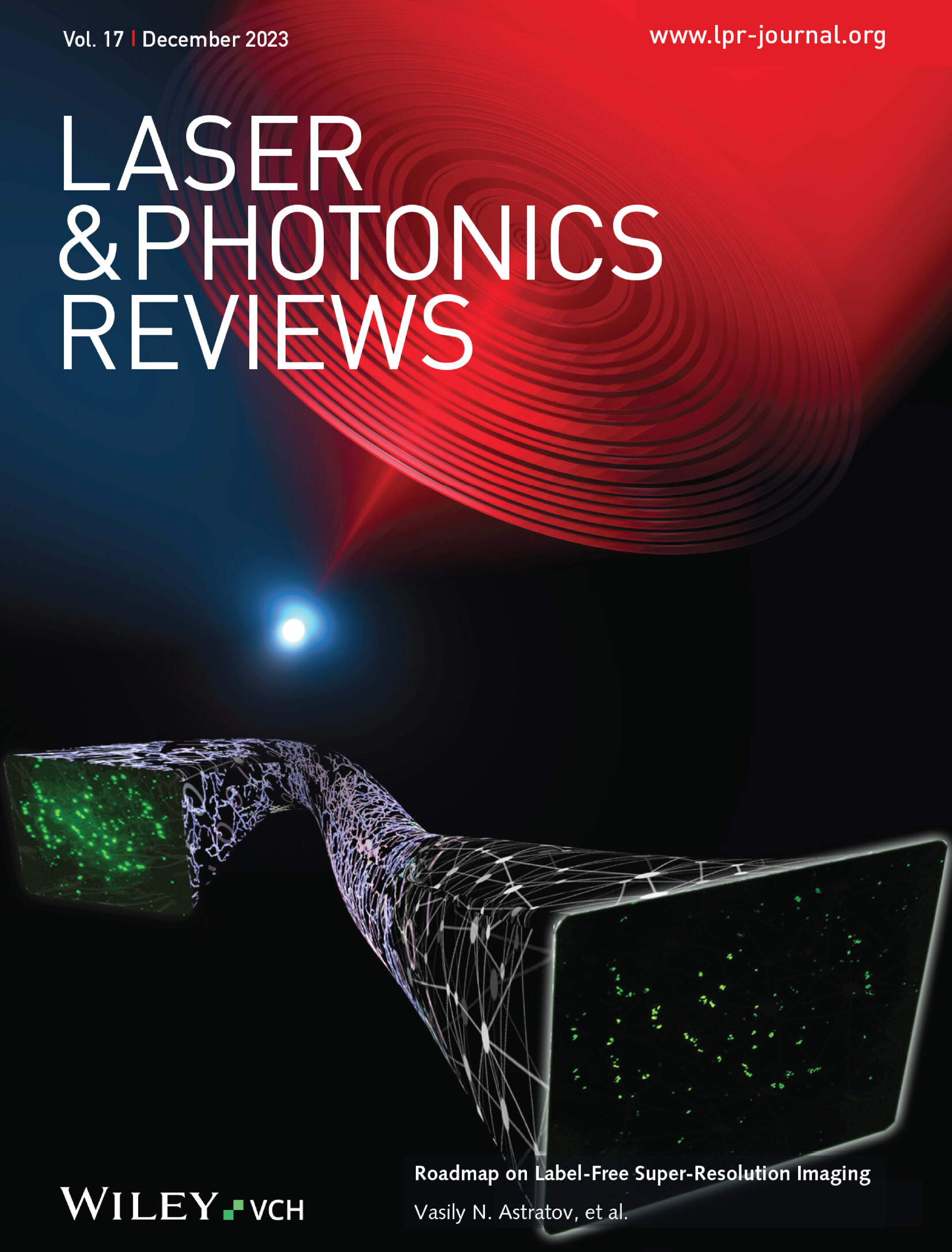Bendable Fiber Lens for Minimally Invasive Endoscopy
IF 9.8
1区 物理与天体物理
Q1 OPTICS
引用次数: 0
Abstract
Fiber-based endoscopy holds unique and breakthrough potential for translating conventional microscopy to minimally invasive applications. An outstanding example is in vivo all-optical cancer diagnostics, which mitigates patient safety risks and economic costs of surgical tissue extraction. Recently, lensless endoscopy has enabled 3D illumination and imaging through specialty fibers with diameters of only a few hundred microns. However, it requires complex electro-optical components and sophisticated real-time calibration concepts to correct the dynamic distortions that the fibers imprint on the to-be-received images. Consequently, clinical applications have not yet been addressed. Bridging this gap, endoscopic direct and pixelation-free imaging is demonstrated via a unique optical fiber that mimics the functionality of a diffractive lens but is minimally invasive and resilient to bending. Particularly, the approach utilizes a hologram printed on the facet of a bend-resilient multicore fiber. The hologram contains a Fresnel-like phase zone plate that generates a focal plane for imaging. Additionally, a quasi-aperiodic arrangement of the fiber cores, combined with a physics-informed neural network mitigates ghost images and enhances the imaging contrast. The presented approach opens a novel pathway to translate ex vivo microscopy to in vivo endoscopy, for instance for low-risk minimally invasive diagnostics or optogenetics.

求助全文
约1分钟内获得全文
求助全文
来源期刊
CiteScore
14.20
自引率
5.50%
发文量
314
审稿时长
2 months
期刊介绍:
Laser & Photonics Reviews is a reputable journal that publishes high-quality Reviews, original Research Articles, and Perspectives in the field of photonics and optics. It covers both theoretical and experimental aspects, including recent groundbreaking research, specific advancements, and innovative applications.
As evidence of its impact and recognition, Laser & Photonics Reviews boasts a remarkable 2022 Impact Factor of 11.0, according to the Journal Citation Reports from Clarivate Analytics (2023). Moreover, it holds impressive rankings in the InCites Journal Citation Reports: in 2021, it was ranked 6th out of 101 in the field of Optics, 15th out of 161 in Applied Physics, and 12th out of 69 in Condensed Matter Physics.
The journal uses the ISSN numbers 1863-8880 for print and 1863-8899 for online publications.

 求助内容:
求助内容: 应助结果提醒方式:
应助结果提醒方式:


